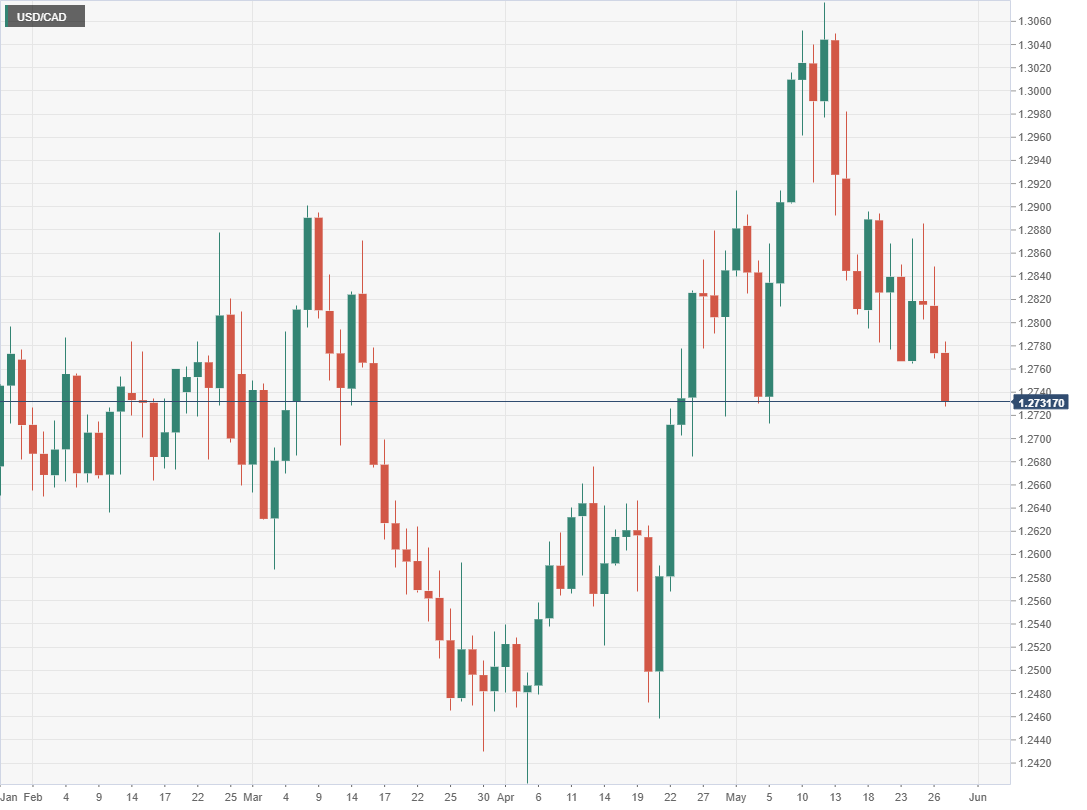- The Core Personal Consumption Price Index rose 4.9% in April, down from 5.2% in March.
- Personal Spending was stronger than forecast as consumers drew on savings.
- Real disposable personal income was flat in April.
- Equities rally, Treasury yields are mixed, dollar fades.
The Federal Reserve’s chosen inflation measure rose 4.9% in April, while prices that consumers actually pay were 6.3% higher than a year ago.
Inflation in the Core Personal Consumption Expenditure Price Index (PCE) came in at forecast last month down from the March pace of 5.2%. The 0.3% monthly increase was unchanged.
Core PCE Price Index
Core inflation excludes food and energy costs which have been a major source of price inflation.
Overall consumer prices, including food and energy, rose 6.3% in April, down from 6.6% in March and missing the prediction for no change. Monthly prices were up just 0.2%, far below the 0.9% jump in March.
PCE Price Index
FXStreet
Consumers continued to spend in April, mitigating one of the main worries for the US recovery. Personal Spending, from the Bureau of Economic Analysis (BEA), climbed 0.9%, ahead of the 0.7% forecast though less than the upwardly revised 1.4% gain in March. Personal Income rose 0.4% on the month, a bit less than the 0.5% addition in March and the April estimate.
Real personal income and spending
April income and spending figures corrected for inflation, also from the BEA, were similar for consumption but notably less for income.
Real personal spending (PCE) rose 0.7% in April, 0.2% lower than the unadjusted figure.
Real disposable personal income, however, dropped to flat last month after inflation’s price gains were removed.
Over the period from December to April, real disposable income has fallen an average of 0.42% per month. In contrast, the uncorrected personal income figure averages a positive 0.42% for the same five months.
Real disposable income explains why consumers were again forced to draw on savings to maintain spending levels. In that, the pandemic disruptions of the last two years have been a help, as Americans have amassed a kitty of at least $2 trillion in savings.
Personal Income and Spending
BEA
Inflation: April and May
Inflation has been rocketing higher for 13 months. The headline PCE price index was, as above, 6.3% in April. It jumped from 3.6% in April last year to 4.0% in May and has been above 5.0% for seven months and 6.0% for four.
The older Consumer Price Index (CPI) rose 8.3% in April and has been at or above 5.0% for a year, above 6.0% for seven months, above 7% for five months and above 8.0% for two.
CPI
Price data for the two indexes is obtained from different sources. The CPI information comes from consumers, that is retail pricing, while the PCE figures are extracted from businesses.
The Fed considers PCE a better measure of inflation trends but the CPI numbers are closer to what consumers actually pay and are a more accurate reflection of the impact of inflation on household budget and spending. The European Central Bank (ECB) targets overall inflation not the core rate.
While the drop in headline PCE and CPI inflation in April was positive it may not last. Oil prices have climbed sharply this month after a relatively quiet April.
West Texas Intermediate (WTI) rose 3.08% from April 1 to April 29, $100.35 to $ 103.44. So far this month WTI is up 10.2% from $103.44 to $114.00.
The crude price increase is reflected in gasoline charges. One month ago the national average for a gallon regular was $4.134, on Friday it was $4.599, an 11.2% addition. On the year retail gasoline prices are 51.2% higher.
Diesel fuel, which powers the truck based distribution network across the country, is 8.6% higher on the month and 74.0% higher in 12 months.
American Automobile Association
Markets
Equities responded to the inflation decline with the fifth daily rally in a row, resulting in the first positive week in eight.
In mid-afternoon trading the Dow was ahead 326.19 points, 1.0% to 32,963.38. The S&P 500 was up 69.75 to 4,127.76, 1.72%. The NASDAQ, which had been down 23.09% on the year at the open, had climbed 2.52%, 295.09 points to 12,035.34.
Treasury returns were mixed with some minor yield curve flattening. The 10-year yield was off 1.7 basis point to 2.741% and the 30-year was down 2.4 points to 2.968%. The 5-year yield was up 0.9 basis points to 2.726% and the 2-year was down 0.4 points to 2.484%.
The dollar was down in all major pairs, trivial amounts versus the euro, the yen, the sterling and the Swiss franc, and registering more substantial losses against the commodity currencies. The aussie, kiwi and loonie were supported by rising oil and commodity prices.
Information on these pages contains forward-looking statements that involve risks and uncertainties. Markets and instruments profiled on this page are for informational purposes only and should not in any way come across as a recommendation to buy or sell in these assets. You should do your own thorough research before making any investment decisions. FXStreet does not in any way guarantee that this information is free from mistakes, errors, or material misstatements. It also does not guarantee that this information is of a timely nature. Investing in Open Markets involves a great deal of risk, including the loss of all or a portion of your investment, as well as emotional distress. All risks, losses and costs associated with investing, including total loss of principal, are your responsibility. The views and opinions expressed in this article are those of the authors and do not necessarily reflect the official policy or position of FXStreet nor its advertisers. The author will not be held responsible for information that is found at the end of links posted on this page.
If not otherwise explicitly mentioned in the body of the article, at the time of writing, the author has no position in any stock mentioned in this article and no business relationship with any company mentioned. The author has not received compensation for writing this article, other than from FXStreet.
FXStreet and the author do not provide personalized recommendations. The author makes no representations as to the accuracy, completeness, or suitability of this information. FXStreet and the author will not be liable for any errors, omissions or any losses, injuries or damages arising from this information and its display or use. Errors and omissions excepted.
The author and FXStreet are not registered investment advisors and nothing in this article is intended to be investment advice.
Recommended Content
Editors’ Picks

AUD/USD: The hunt for the 0.7000 hurdle
AUD/USD quickly left behind Wednesday’s strong pullback and rose markedly past the 0.6900 barrier on Thursday, boosted by news of fresh stimulus in China as well as renewed weakness in the US Dollar.

EUR/USD refocuses its attention to 1.1200 and above
Rising appetite for the risk-associated assets, the offered stance in the Greenback and Chinese stimulus all contributed to the resurgence of the upside momentum in EUR/USD, which managed to retest the 1.1190 zone on Thursday.

Gold holding at higher ground at around $2,670
Gold breaks to new high of $2,673 on Thursday. Falling interest rates globally, intensifying geopolitical conflicts and heightened Fed easing bets are the main factors.

Bitcoin displays bullish signals amid supportive macroeconomic developments and growing institutional demand
Bitcoin (BTC) trades slightly up, around $64,000 on Thursday, following a rejection from the upper consolidation level of $64,700 the previous day. BTC’s price has been consolidating between $62,000 and $64,700 for the past week.

RBA widely expected to keep key interest rate unchanged amid persisting price pressures
The Reserve Bank of Australia is likely to continue bucking the trend adopted by major central banks of the dovish policy pivot, opting to maintain the policy for the seventh consecutive meeting on Tuesday.

Five best Forex brokers in 2024
VERIFIED Choosing the best Forex broker in 2024 requires careful consideration of certain essential factors. With the wide array of options available, it is crucial to find a broker that aligns with your trading style, experience level, and financial goals.
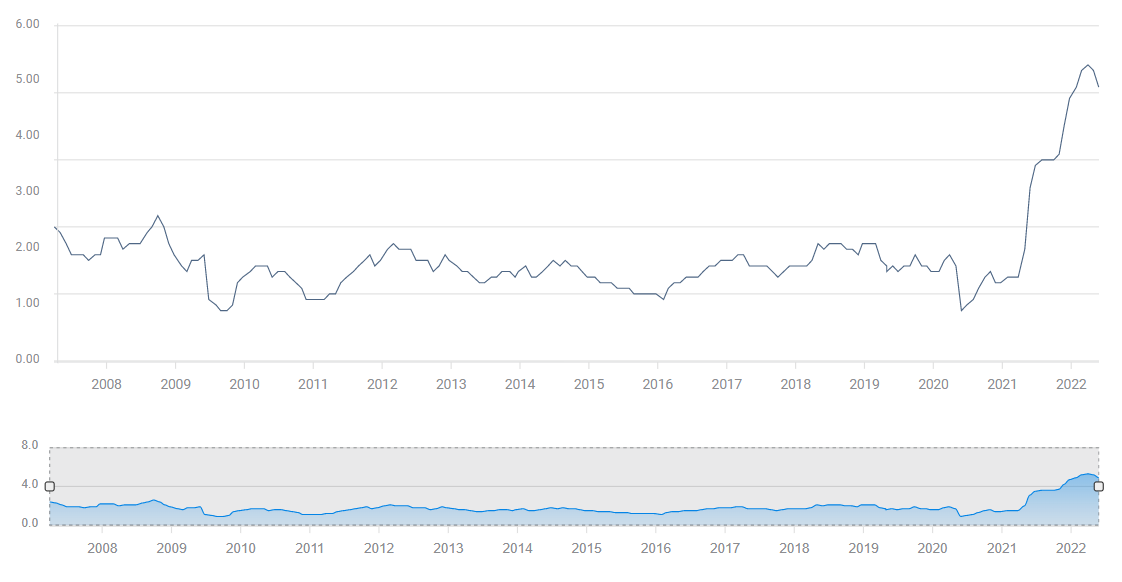
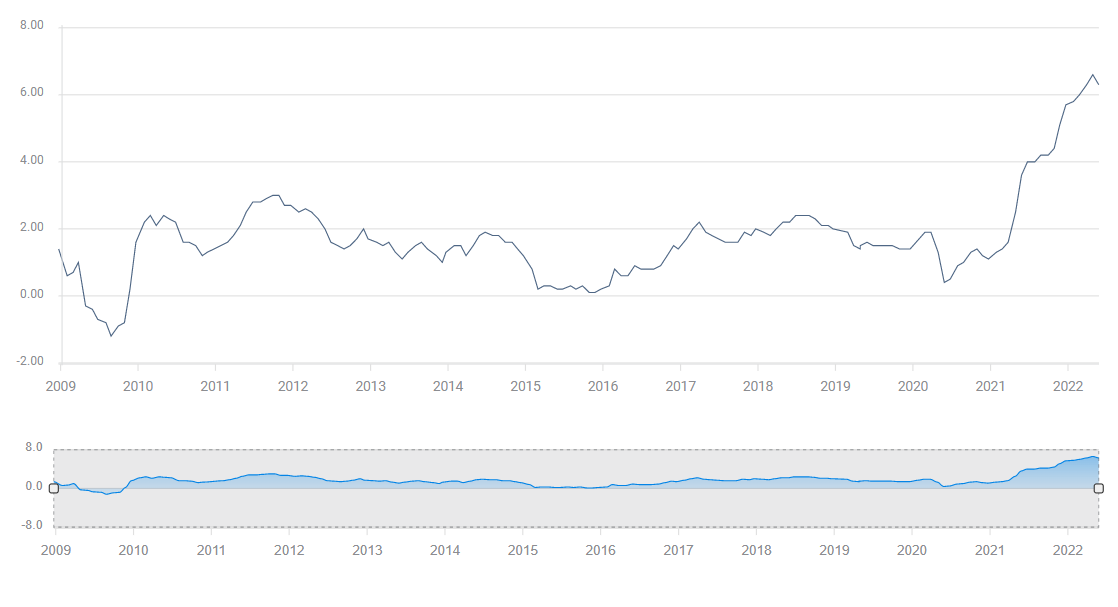
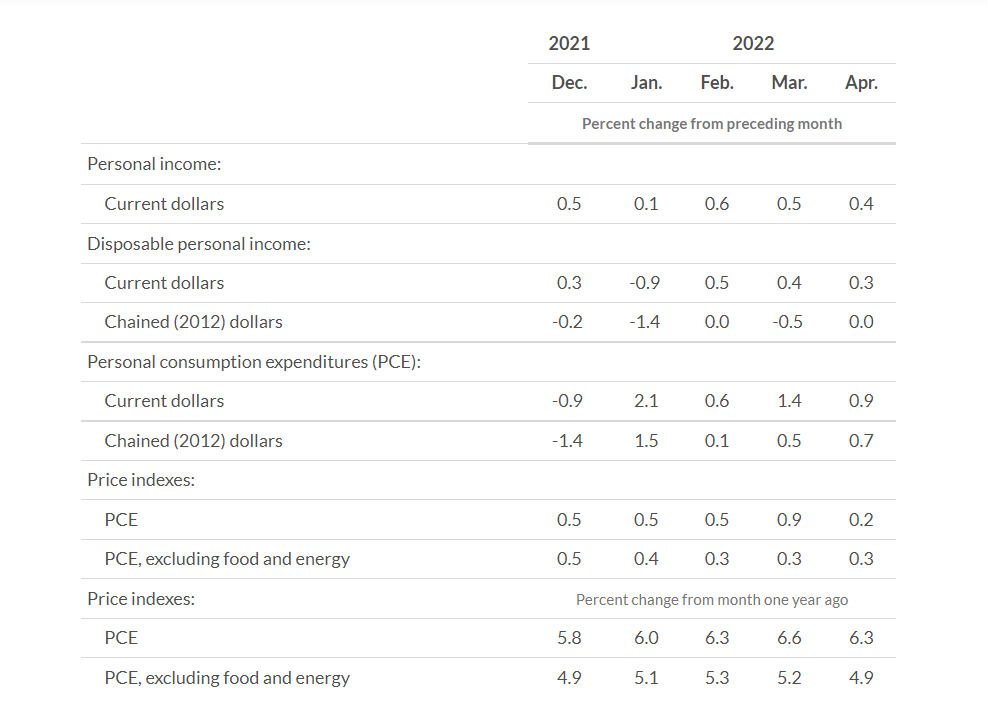
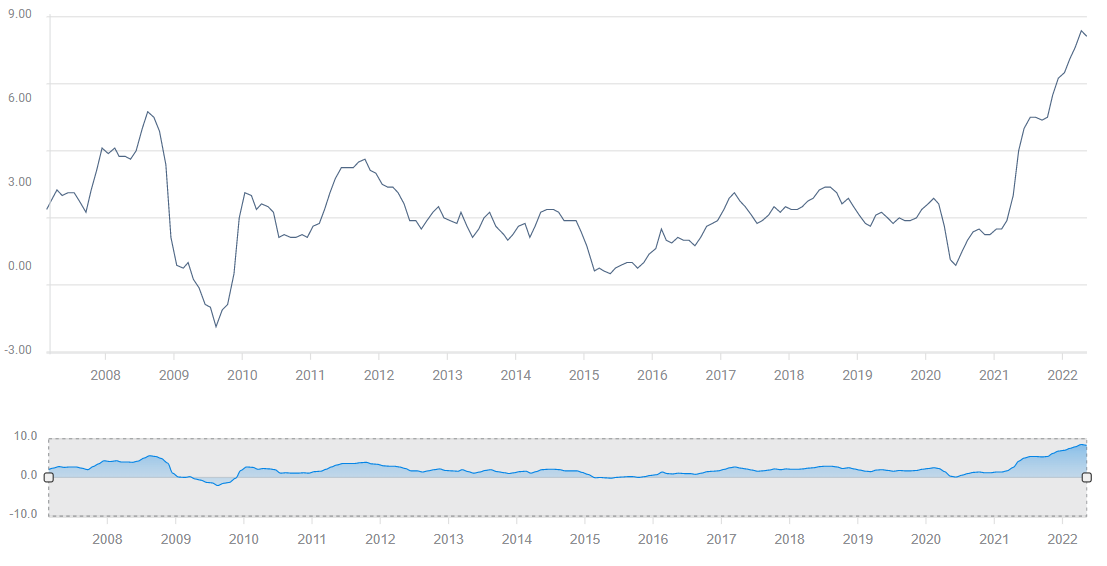
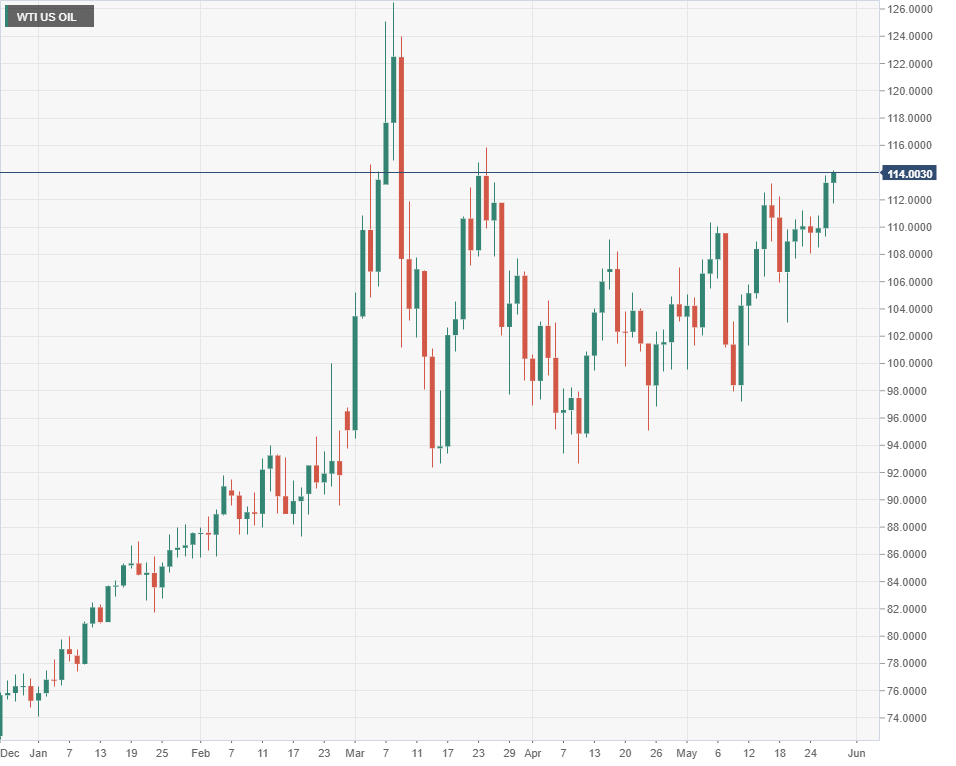

-637892728450700203.png)
